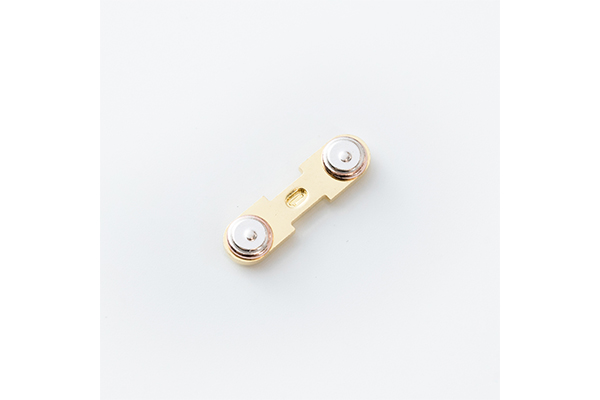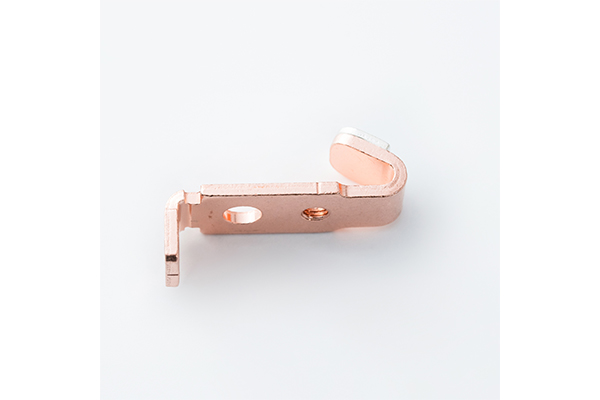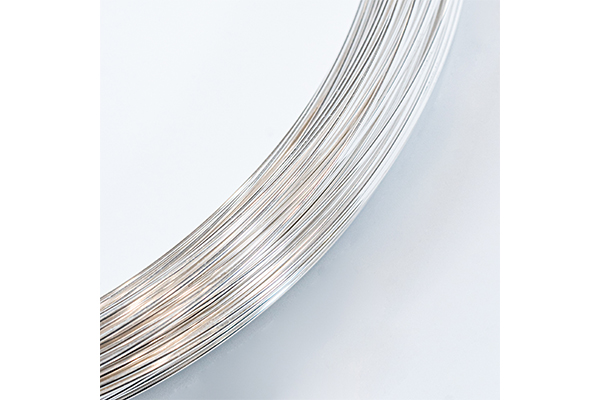Analysis of the impact of environmental factors on the durability of outdoor riveting components
Release Time : 2025-05-06
Temperature change is one of the important environmental factors that affect the durability of outdoor riveting components. In a high temperature environment, the metal material of the riveting components will expand thermally, resulting in changes in the stress distribution at the riveting joints. When the temperature continues to rise, the mechanical properties of the metal material decrease, such as strength and hardness, making the riveting components more prone to loosening, deformation and other problems. In a low temperature environment, the metal material will shrink and become brittle, and the toughness will decrease. When subjected to external force impact, cracks are likely to form and expand at the riveted parts, seriously affecting the durability of the components. For example, outdoor riveting equipment used in extremely cold areas will become brittle due to low temperature, and the riveted parts will soon break under frequent mechanical vibrations.
Humidity and precipitation will keep outdoor riveting components in a humid environment for a long time, which greatly increases the risk of corrosion of metal parts. When the surface of the riveting components absorbs water, a thin layer of water film will be formed, and substances such as oxygen and carbon dioxide dissolved in the water will react electrochemically with the metal, causing electrochemical corrosion. At the same time, impurities carried by precipitation will also adhere to the surface of the components, accelerating the corrosion process. For riveting components made of different metal materials, galvanic corrosion may also occur, that is, two different metals form a primary battery in the electrolyte solution, causing the metal with lower potential to corrode faster. Riveted bridge structures that are exposed to high humidity and frequent precipitation for a long time often have problems such as loosening of riveting and reduced strength due to corrosion.
Industrial pollution and corrosive gases in the atmospheric environment, such as sulfur dioxide, hydrogen sulfide, and chlorine, pose a serious threat to the durability of outdoor riveting components. These corrosive gases combine with moisture in the air to form corrosive acid mist or acid rain, which erodes the protective film on the surface of metal parts and destroys the lattice structure of the metal. For example, in outdoor riveting facilities around chemical plants, due to long-term exposure to air containing a large amount of sulfur dioxide, rust quickly appears on the surface of metal parts, and the connection strength of the riveted parts drops sharply, greatly shortening the service life of the components. In addition, corrosive gases may also penetrate into the riveting gaps, forming a corrosive environment inside, causing more hidden and difficult to repair damage.
Outdoor riveting components are often subject to mechanical vibration and wind loads. Continuous mechanical vibration will cause fatigue stress in riveting components. Fatigue cracks are prone to occur at stress concentration sites at riveting joints. As the number of vibrations increases, the cracks gradually expand, eventually leading to component failure. Wind loads have a significant impact on large outdoor riveted structures, such as billboards and transmission towers. The dynamic loads generated by strong winds can cause large deformation and stress in components. Frequent wind action may also cause resonance, aggravating the degree of damage to components. For example, transmission towers in coastal areas are affected by strong wind loads during typhoon season, causing loosening and fatigue damage at riveted sites, affecting the safety of power transmission.
Although light and ultraviolet rays will not directly cause physical damage to metal riveting components, they will have an adverse effect on the protective coating on the surface of the components. Ultraviolet rays have high energy and can destroy the chemical bonds of coating molecules, causing the coating to age, fade, and powderize, and lose its protective effect on the metal. Once the coating is damaged, the metal parts will be directly exposed to the erosion of other environmental factors, accelerating the corrosion process. In addition, light will cause periodic changes in the surface temperature of the components, further aggravating the impact of thermal stress on the components and reducing the durability of the components. For example, the surface coating of outdoor metal billboards exposed to the sun for a long time will age rapidly under the action of ultraviolet rays, and the internal riveting components will also rust due to coating failure.
In areas with strong winds and sand, outdoor riveting components will be abraded by wind and sand and particles. High-speed sand and particles are like tiny grinding tools, constantly hitting the surface of components, causing wear on the metal surface. As the wear intensifies, the size of the components changes and the surface roughness increases, which not only affects the appearance of the components but also reduces their mechanical properties. At the same time, the pits and scratches caused by wear are easy to accumulate moisture and corrosive substances, accelerating the corrosion of components. For example, the riveting components of wind power generation equipment in desert areas are severely worn on the surface under the long-term abrasion of wind and sand, and the connection accuracy of the riveted joints is reduced, affecting the normal operation of the equipment.
Biological factors will also have a certain impact on the durability of outdoor riveting components. Some microorganisms, such as molds and algae, will grow and reproduce on wet metal surfaces. The acidic substances and secretions produced by microbial metabolism will corrode metal components, and the mechanical forces generated during their growth may also destroy the protective layer on the surface of the components. In addition, insects and small animals may build nests or gnaw in the gaps of riveting components, causing components to loosen or become damaged. For example, if wooden structures and metal riveting components are exposed to moisture for a long time, the growth of mold will accelerate the corrosion of the metal, while destroying the wooden structure and reducing the stability of the overall structure.







